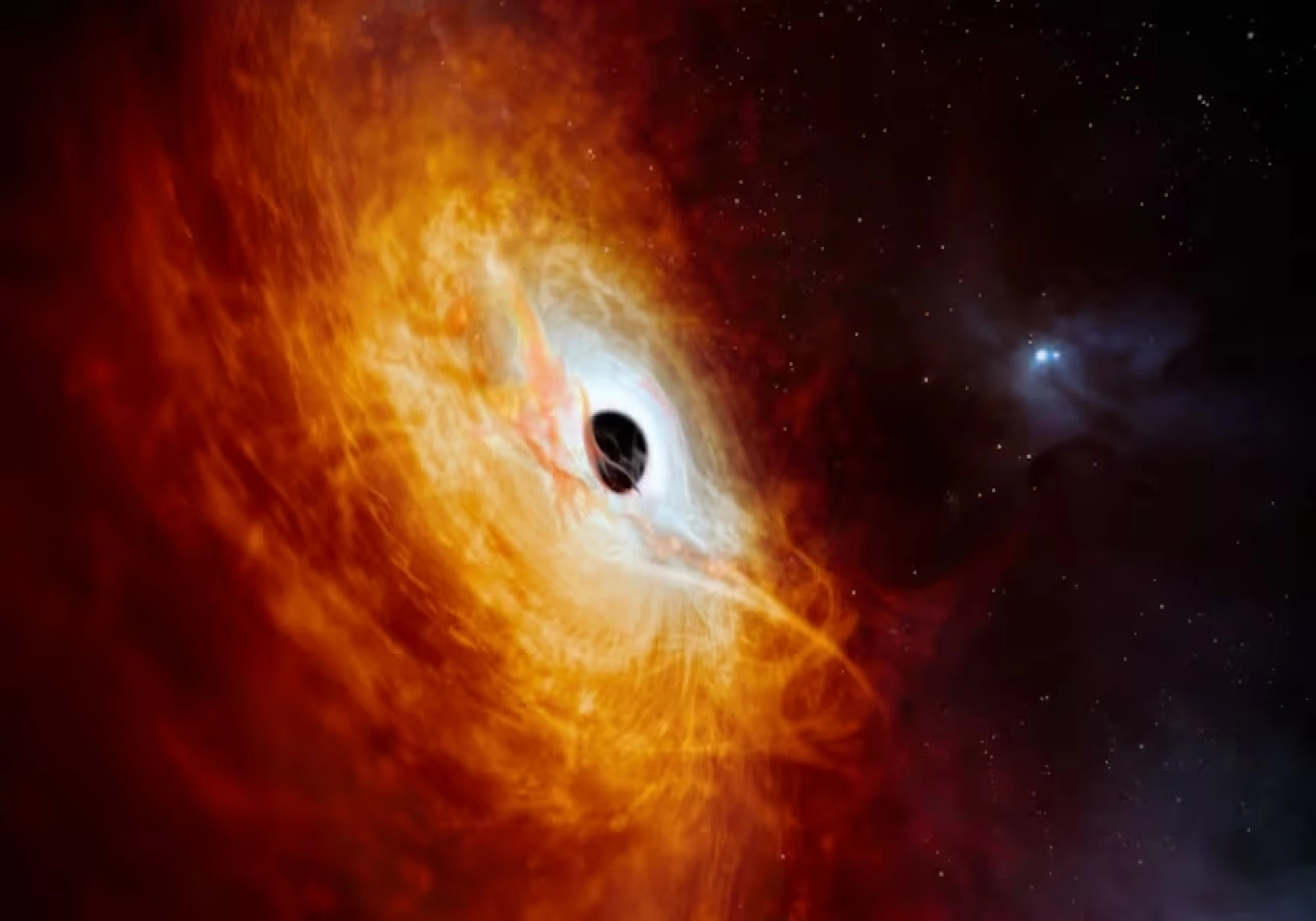
Through decades of dedicated exploration using cutting-edge telescopes and equipment across the globe, and now with the Eastern Southern Observatory's (ESO) Very Large Telescope (VLT), astronomers and researchers have located a celestial phenomenon. This discovery raises the possibility that this quasar could be the brightest object in the universe, approximately 500 trillion times brighter than our sun. This object is believed to be a quasar, featuring a black hole at its core that is expanding at an unprecedented rate, devouring the equivalent of a sun on a daily basis.
Initially detected by scientists from the Australian National University using a 2.3-meter telescope at the university's NSW Siding Spring Observatory in Coonabarabran, the discovery was subsequently verified using the European Southern Observatory's (ESO's) Very Large Telescope, equipped with an impressive 8-meter primary mirror.
Via a phenomenon known as accretion, the exceptionally luminous and energetic disk of gas and dust encircling the black hole within the quasar behaves akin to a cosmic hurricane. The remarkable aspect is that this record-breaking quasar emits a brilliance 500 trillion times more intense than our sun. The swirling disk around the black hole, comprised of luminous gases and remnants from engulfed stars, can be likened to a celestial hurricane.
One of its most astonishing traits is that serving as the radiant core of an ancient galaxy, it is energized by a supermassive black hole consuming the equivalent of a sun daily. Utilizing a model, scientists have determined that the quasar has accreted, or ingested, approximately 370 solar masses annually, translating to roughly one sun per day.
Situated 12 billion light-years distant, this quasar has existed since the universe's early stages, signifying that the light emanating from this celestial entity journeyed for over 12 billion years to reach Earth. Notably, a light-year spans a distance of 5.8 trillion miles.





